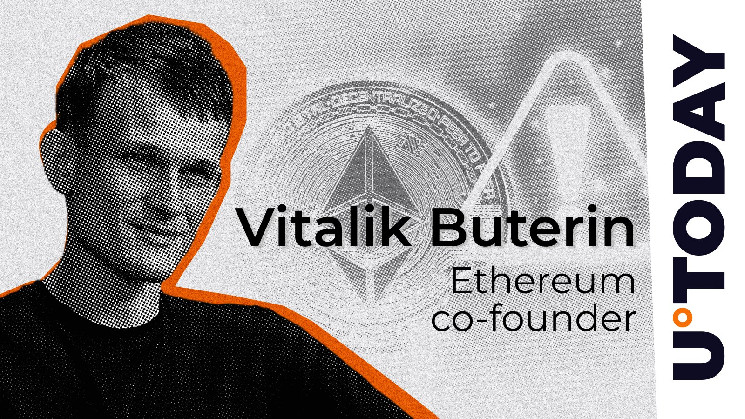Vitalik Buterin, the creator of Ethereum (ETH), recently responded to growing criticism about the user experience of Ethereum’s layer-2 solutions. He said that it is important to address challenges in order to further develop the platform and reiterated that the development team is working to achieve seamless cross-L2 interoperability.
His comments come after an Ethereum supporter spoke out about the current limitations of Ethereum’s multi-chain environment. They called it “painful” for crypto natives and “unusable” for newcomers.
Ethereum people should not feel a need to justify the inadequacies of the present.
Justifying the present is a natural thing to gravitate toward when one feels powerless to build the future.
But we are building the future.
Cross-L2 interop roadmap:https://t.co/WJnt4HERAH pic.twitter.com/uxfV2YBxru
— vitalik.eth (@VitalikButerin) October 29, 2024
Buterin said that Ethereum users should not feel like they have to defend the current system’s shortcomings. Instead, he is confident that cross-L2 functionality will align with Ethereum’s broader ecosystem goals in the future.
Roadmap
Some of the key things on Buterin’s to-do list are fixing chain-specific operations, enabling cross-chain payments and improving light client functionality. This will allow users to verify chains without relying on remote procedure calls (RPC).
The roadmap also points out that the ecosystem needs standardized protocols to make it easier for interaction to happen across chains. According to the roadmap, solutions for cross-chain swaps and gas payments, and new protocols like ERC-7683 and RIP-7755, are ways to make token transfers and transaction inclusion across L2s easier.
It also mentions the importance of “chain-specific addresses” and payment requests, which would allow users to conduct cross-L2 transactions by standardizing how addresses and payments are formatted and structured across chains.
Buterin’s roadmap goes even further, with ideas like shared token bridges and synchronous composability. It is believed that these could make the L2 ecosystem more efficient and easier to use without compromising security or cost.

